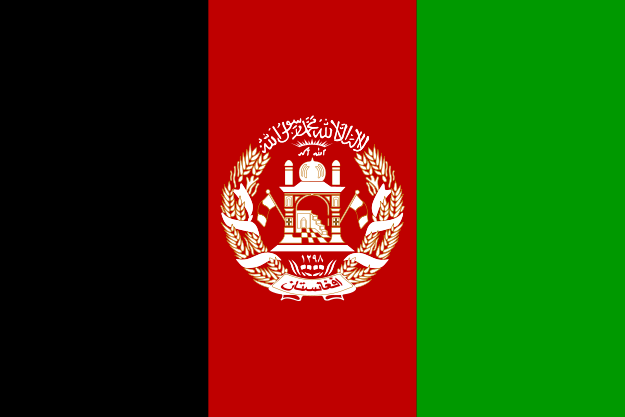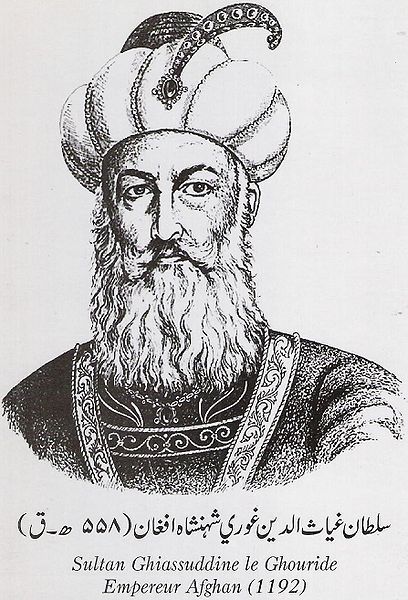Part One of a two-part series on Afghanistan
(See Part II here.)
A Memoir by Dr. Arnold Krochmal
Editor’s note: At the time this article was first published in the early 1980s, Dr. Arnold Krochmal was retired from the U.S. Forest Service. Though this article was written a while ago, things in Afghanistan do not change quickly, if at all—especially the preparation of traditional cuisine.
Arnold and his wife, Connie, wrote a wonderful cookbook called The West Indies Cookbook, Classic Recipes from the Spicy Caribbean (Out West Publishing, 1993, out of print). Copies are still available online at used book sites.
It took a certain amount of courage to accept a position in Afghanistan in 1957 as Director of Experiment Stations for an American university. How much courage, I learned when I got there. While serving on the faculty at Arizona State and establishing a horticulture teaching program, one of my Afghan students with whom I had become friendly suggested I consider working in his country, as it too was a desert area. I applied and was accepted. The concept of the desert as a source of food fascinated me because I had spent some months of army service in North Africa and two years at New Mexico State teaching horticulture. Because of these experiences, I thought that adjusting to another desert wouldn’t be all that difficult.
 |
 |
| This sultan ruled Afghanistan in 1192. | British Royal Horse Artillery escaping from the overwhelming Afghan attack at the Battle of Maiwand, 1880. |
For centuries, the land has been invaded and conquered, beginning with Darius the Great. The Mongols moved in about 1200 and remained until about 1500. The British tried to come through the Khyber Pass twice, but the Afghans, led by a twenty-seven-year-old, using home made guns firing round rocks, repulsed them.
At the time I lived in Kabul, (1957-1959), there was no newspaper, and the country was ruled by a king. Although there was a sort of parliament called the loya jirga, it wasn’t elected, as there were no elections in the country. Times have changed greatly since then—and not all for the better.
My first exposure to the folkways of Afghanistan came right after my arrival, when the father of the student who had sold me on the idea of working there greeted me, and, having noticed my then wife Connie’s pregnancy, asked if it was true that Americans could make male babies at will. I told him no, but lost my credibility when a boy was indeed delivered some months later.




